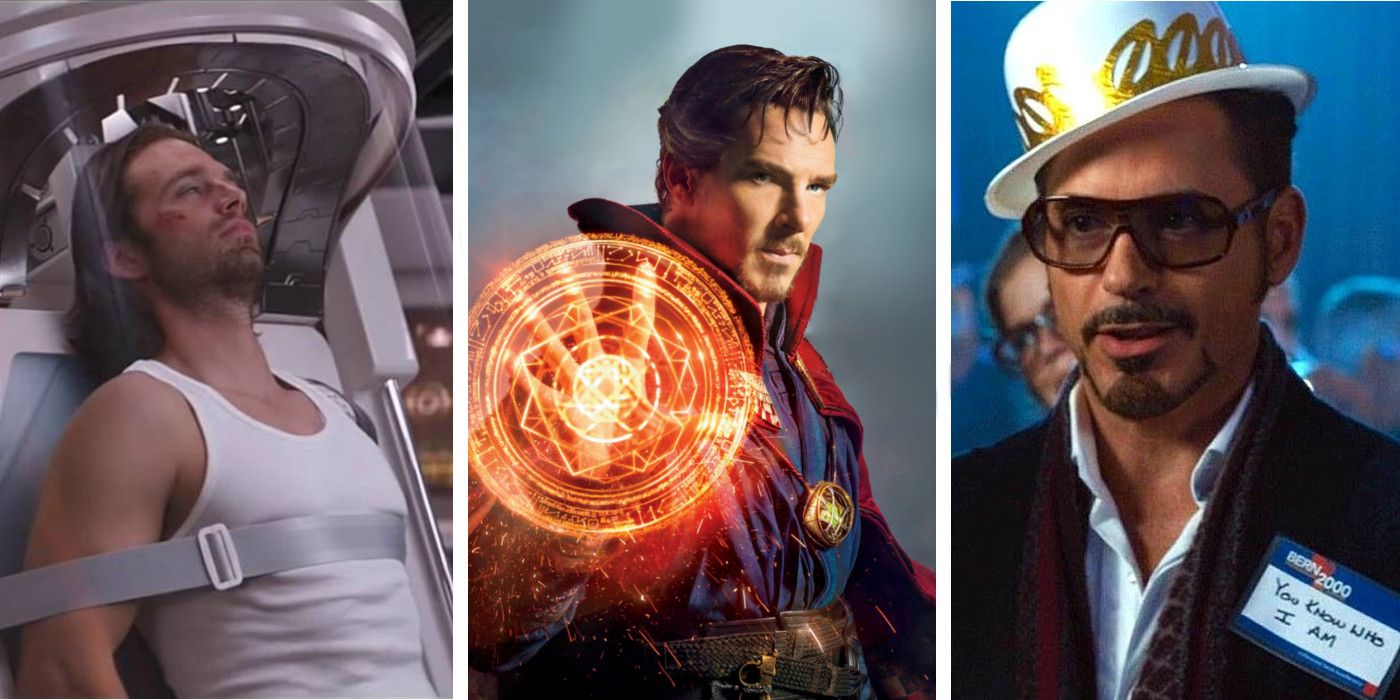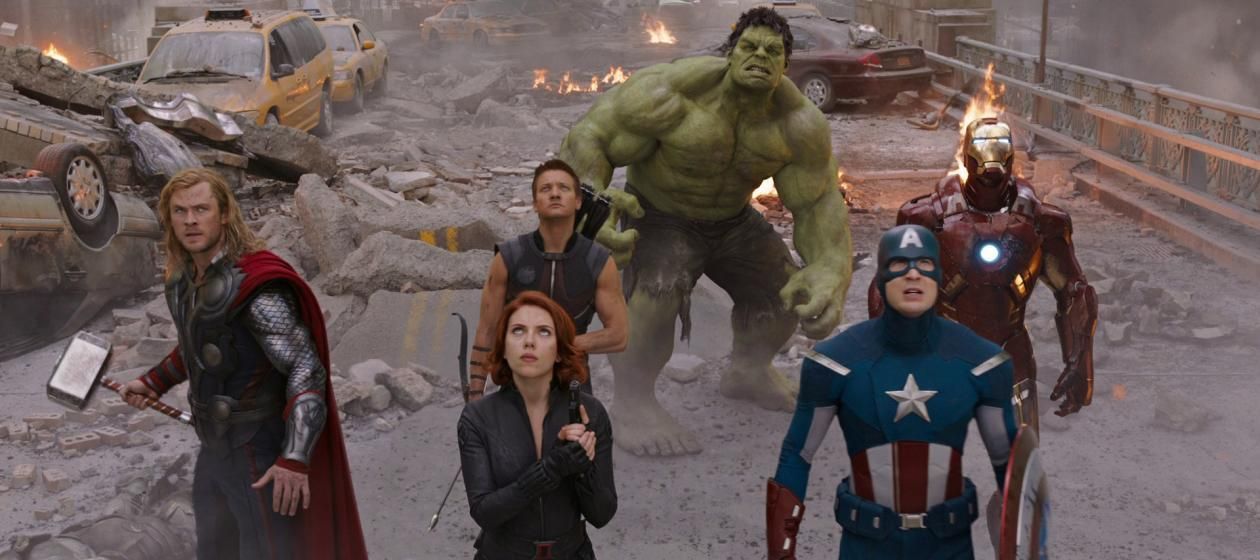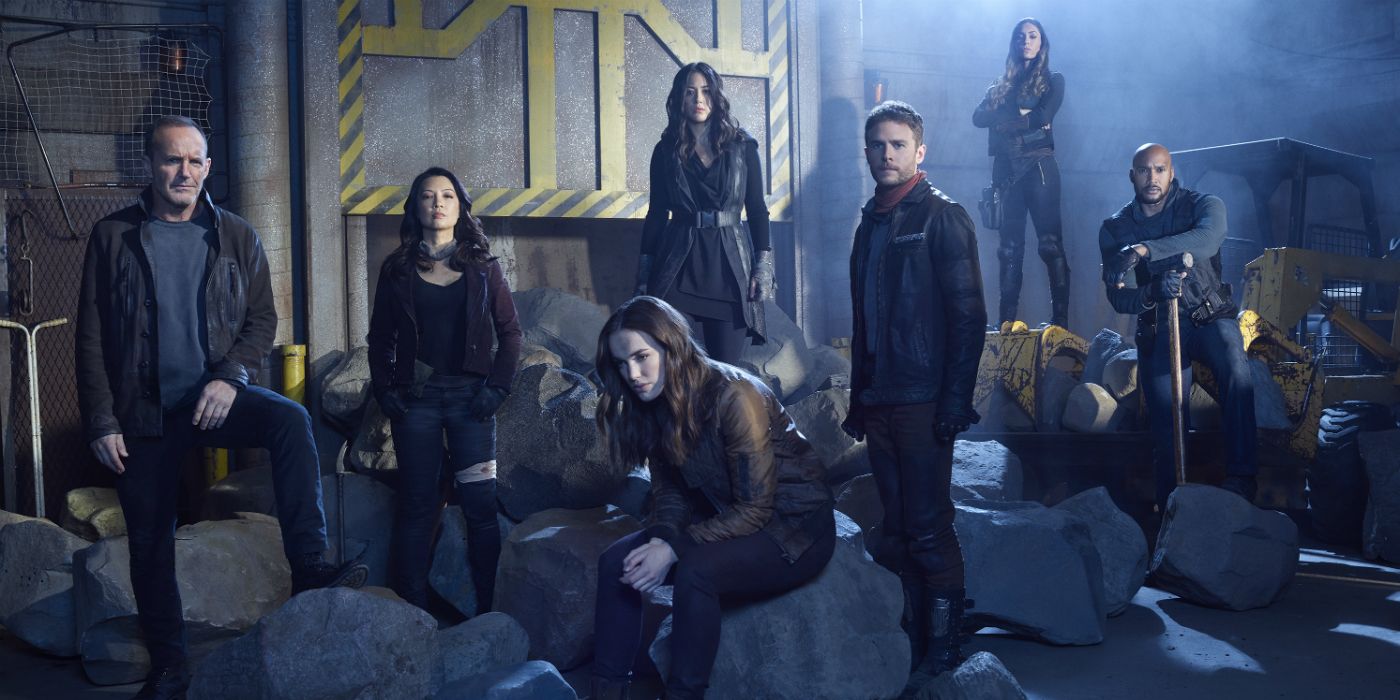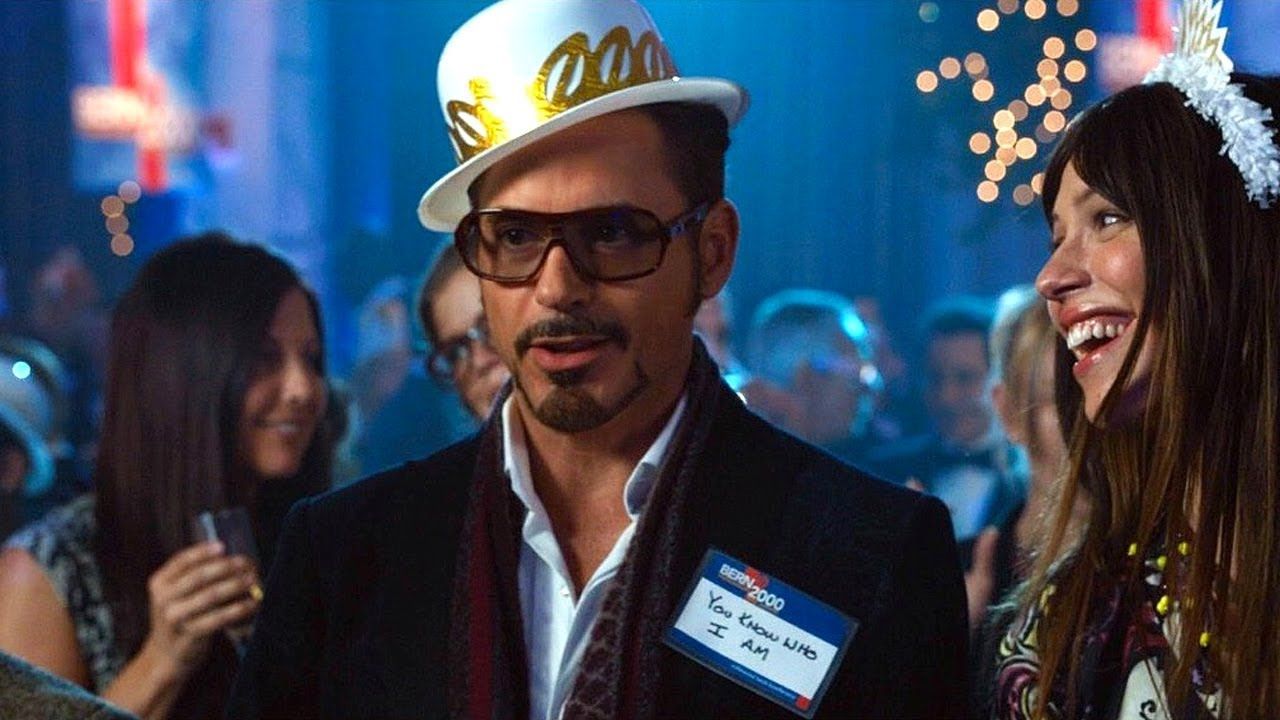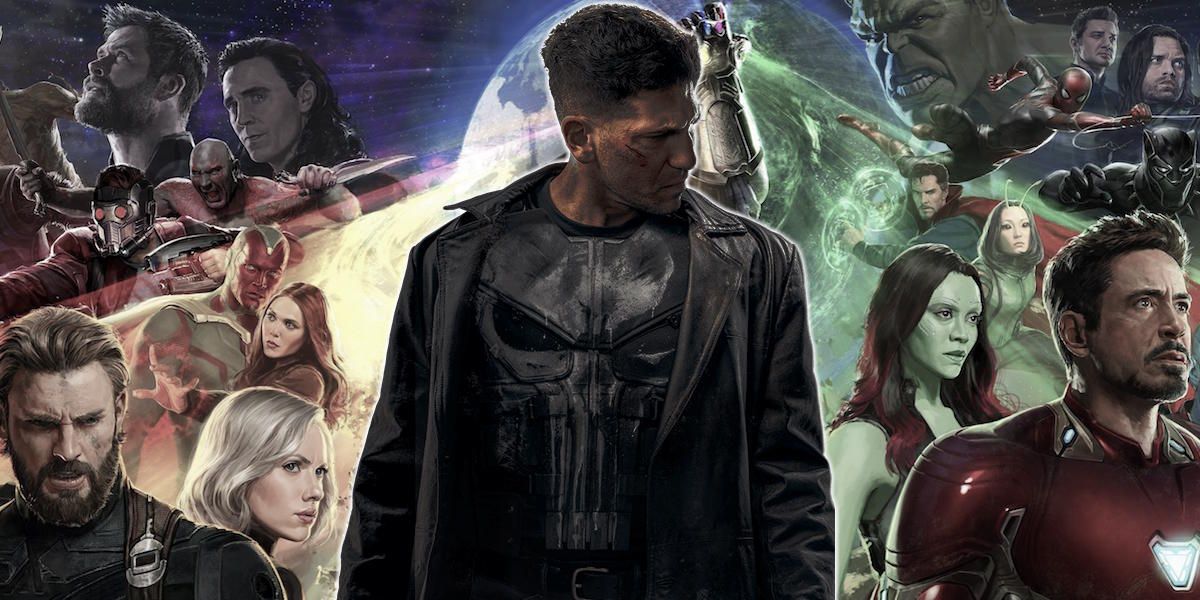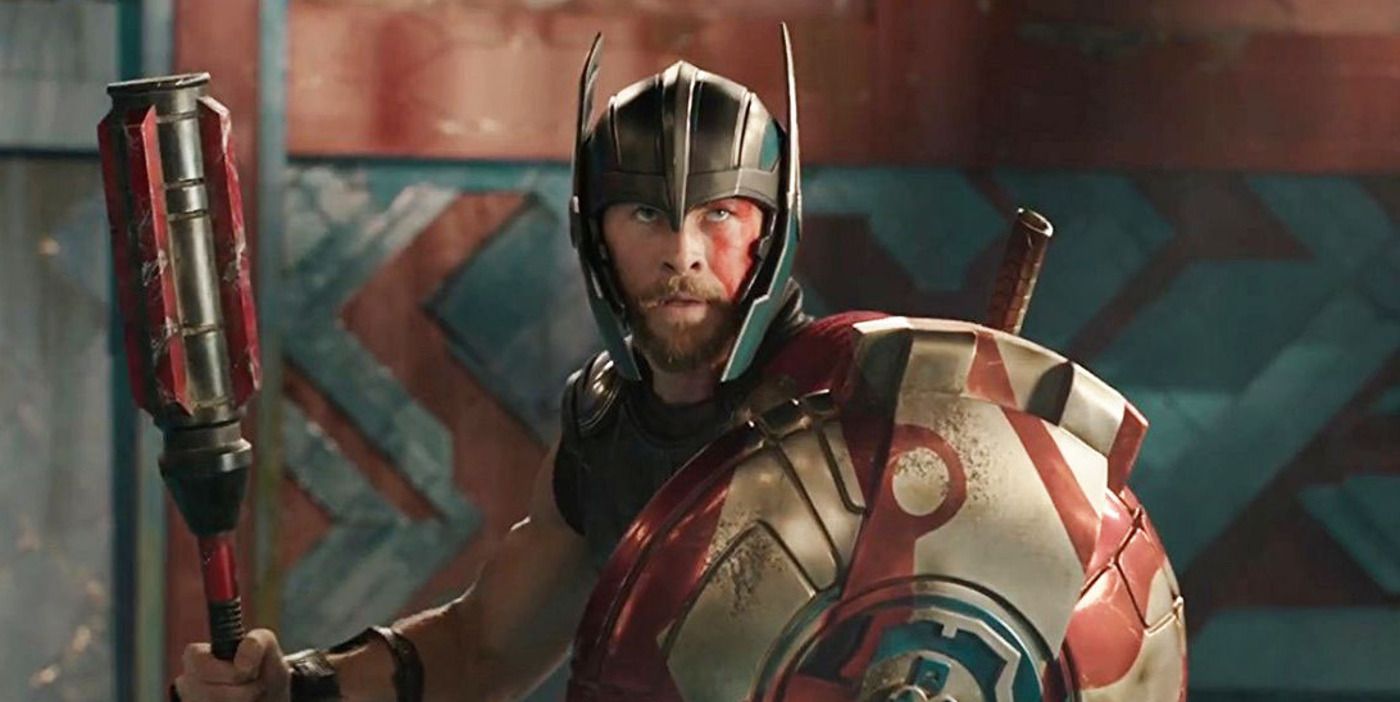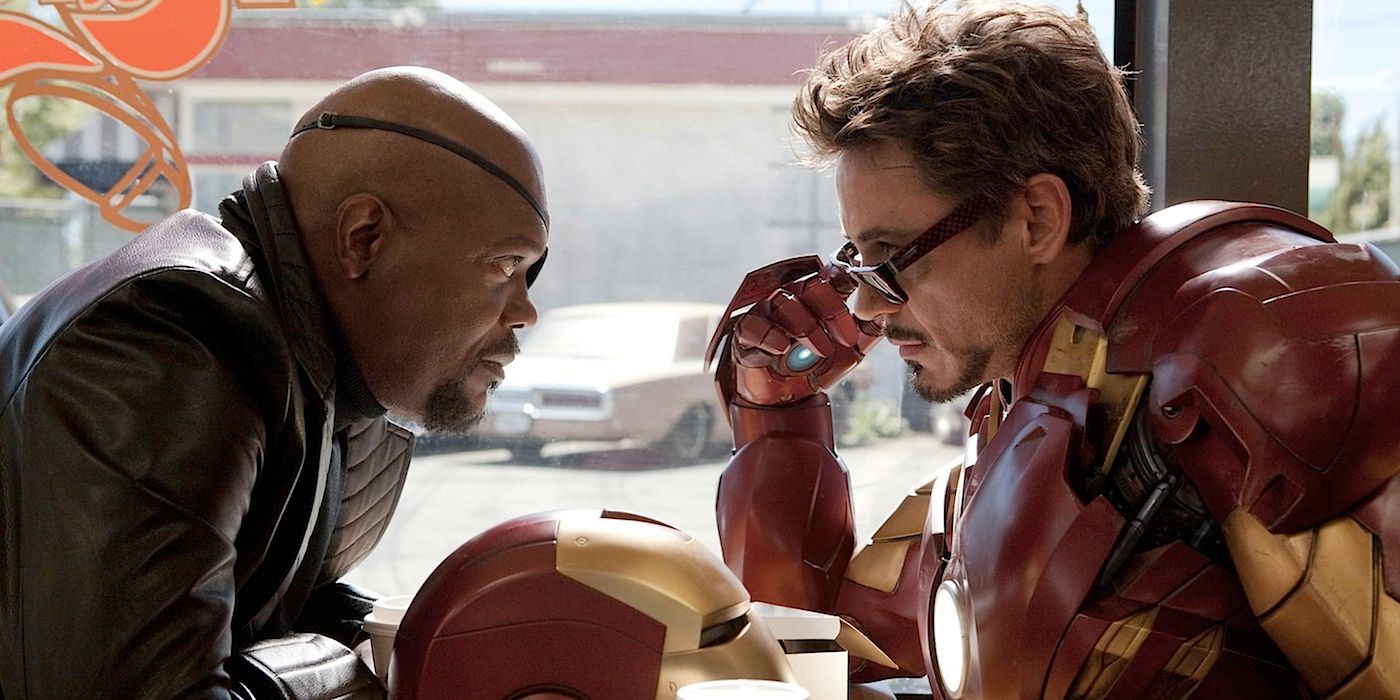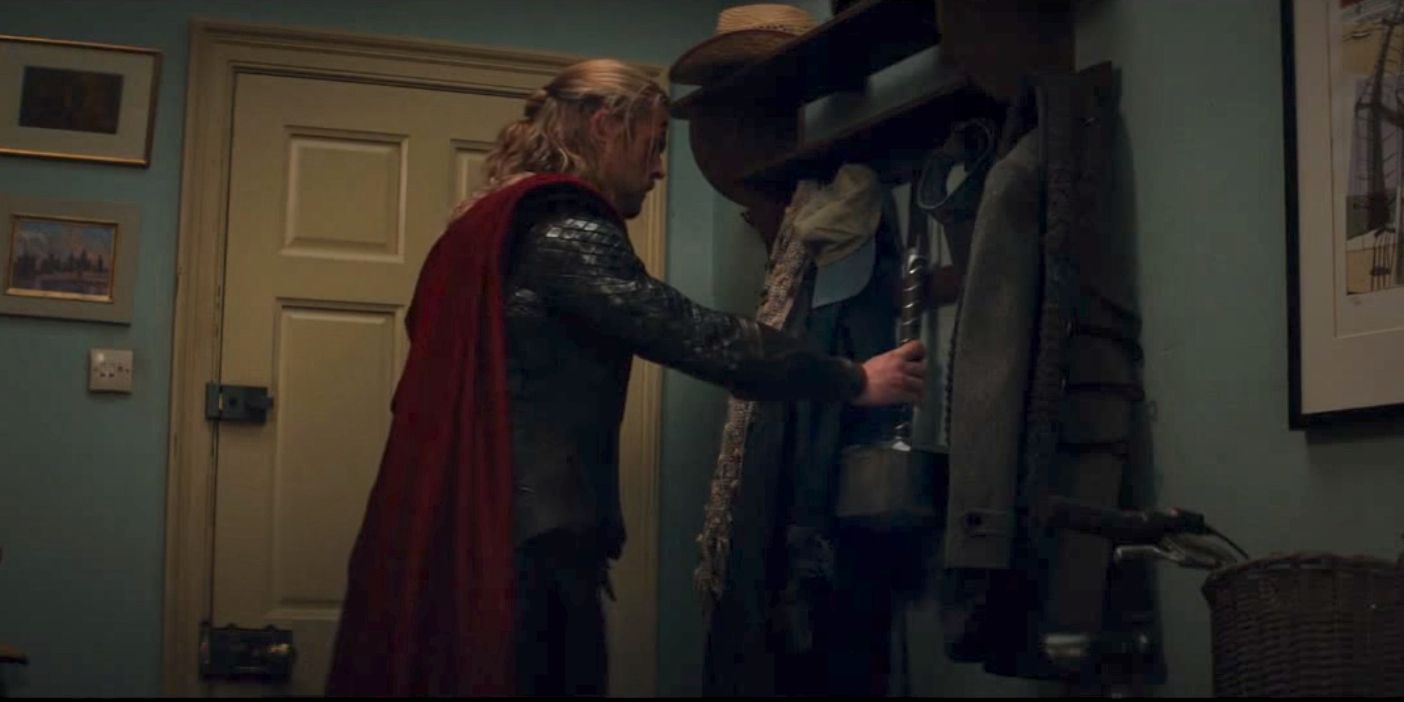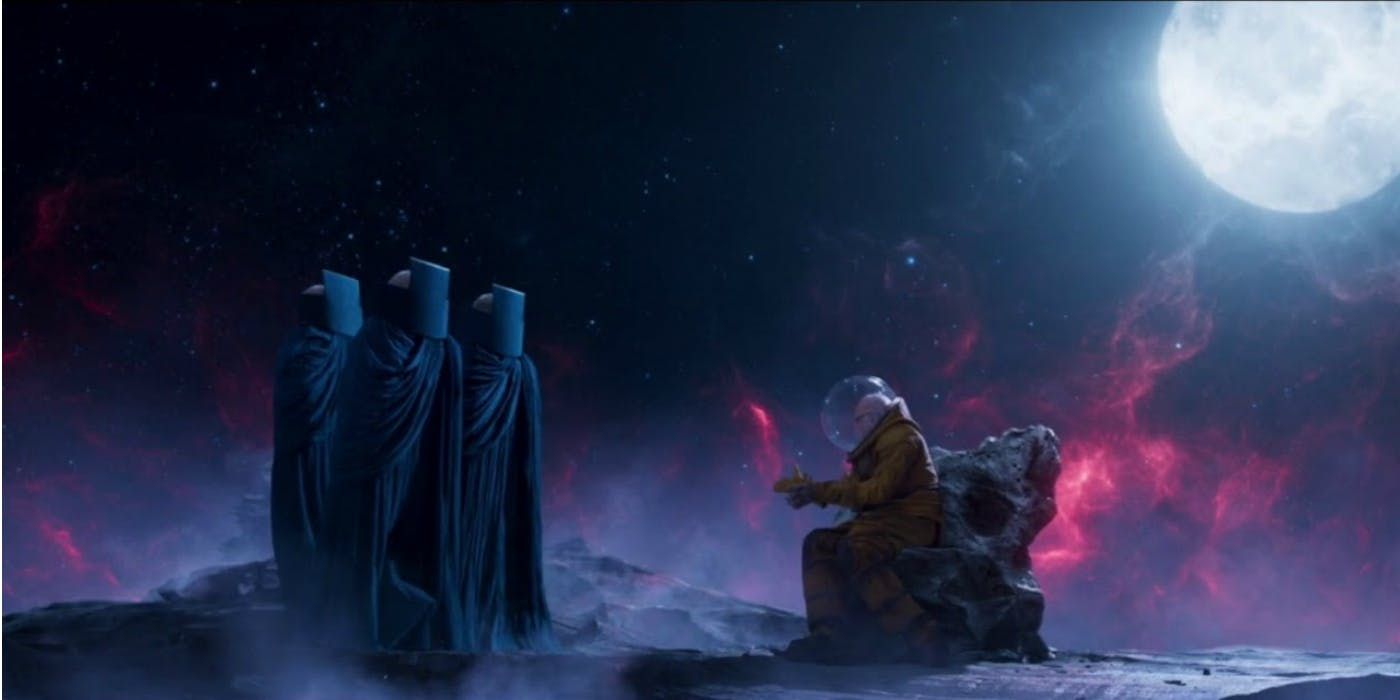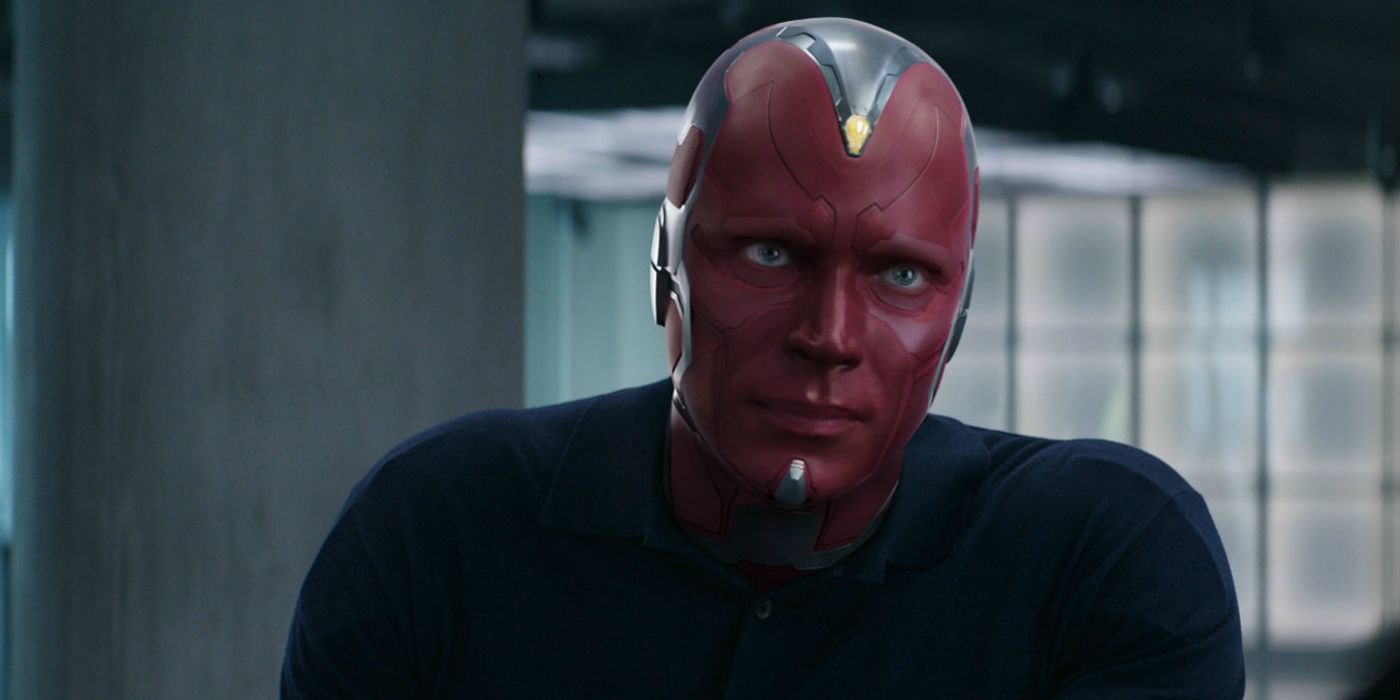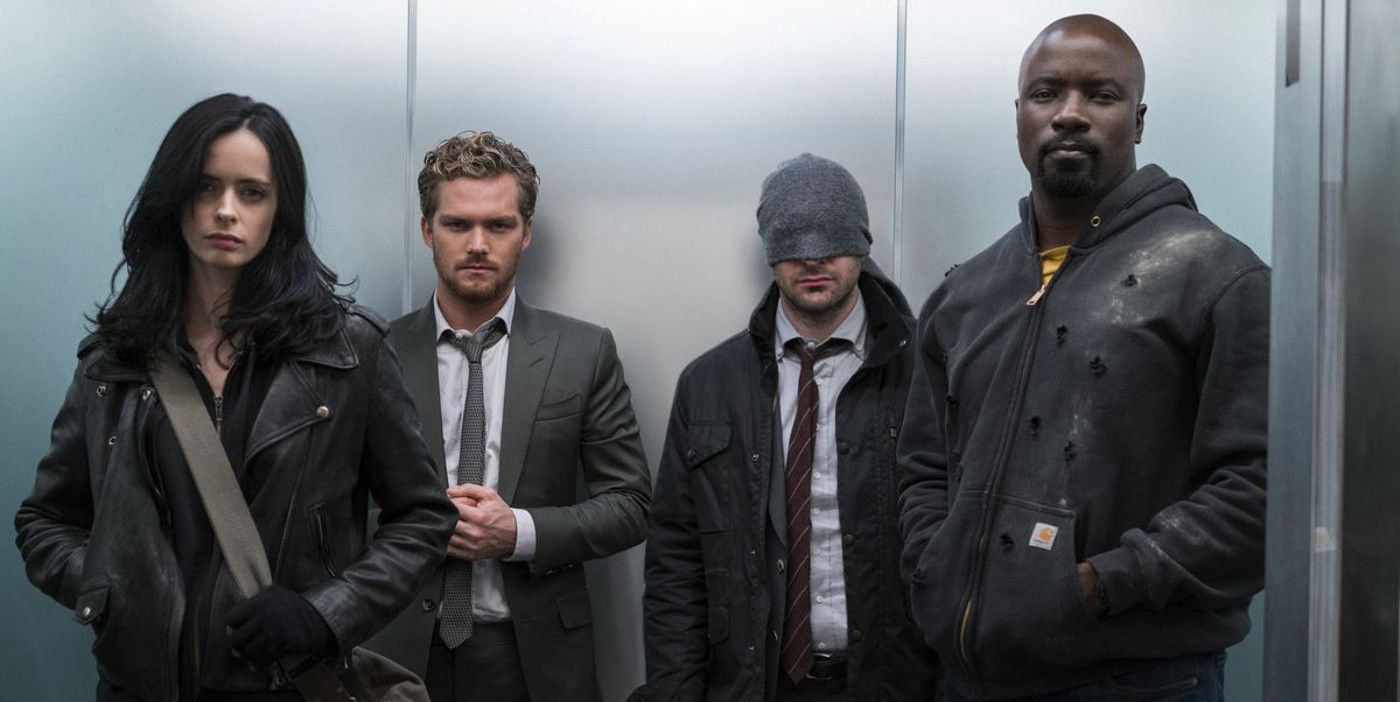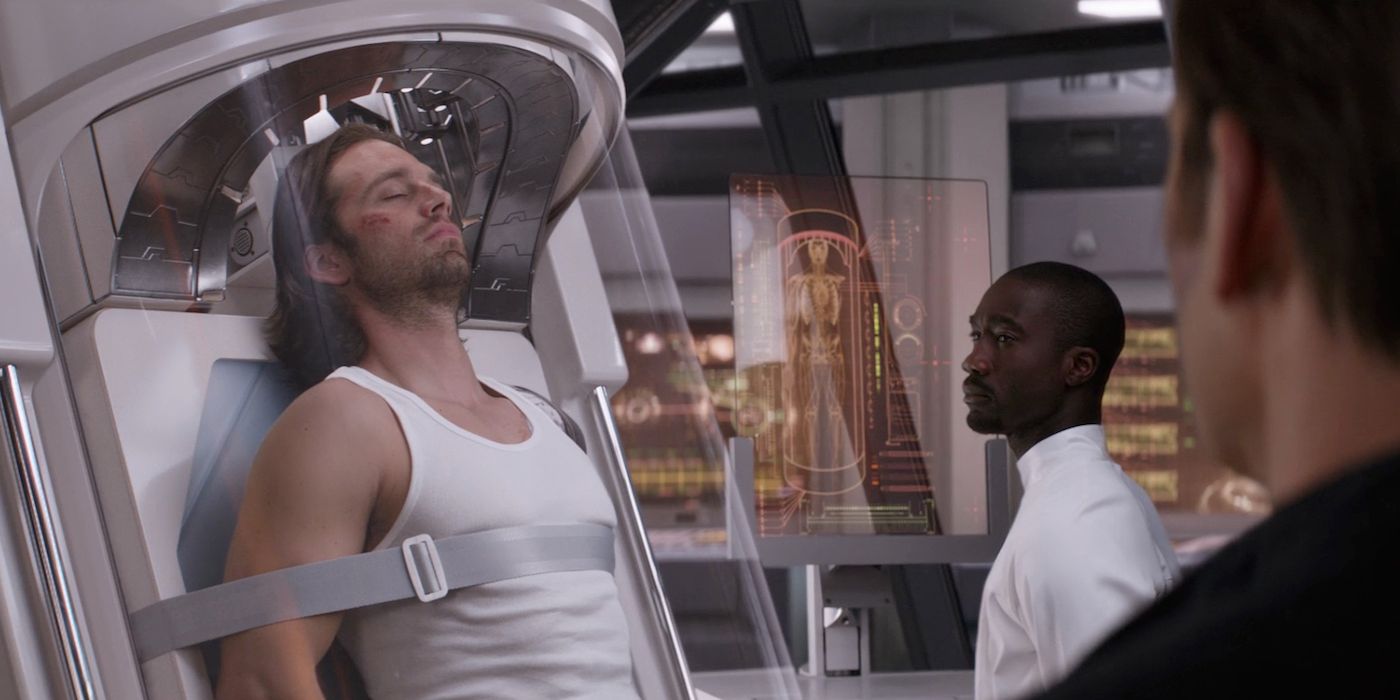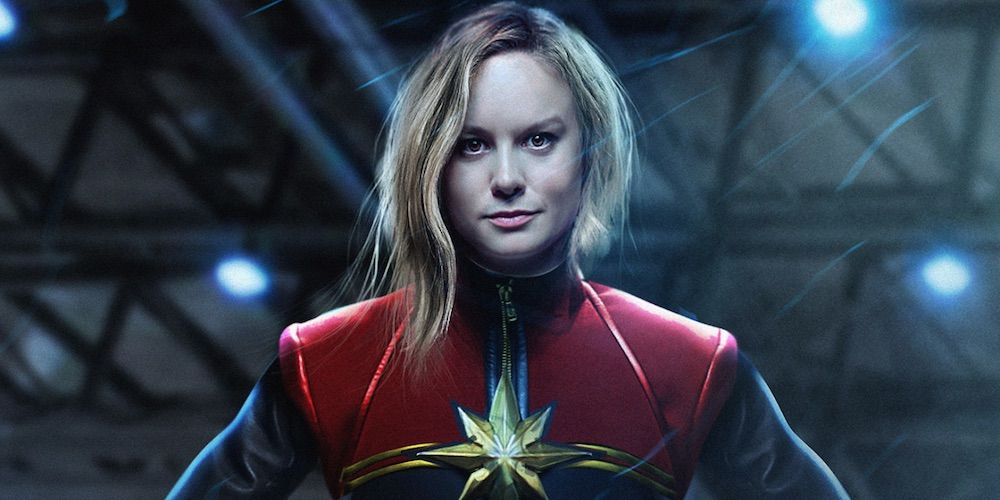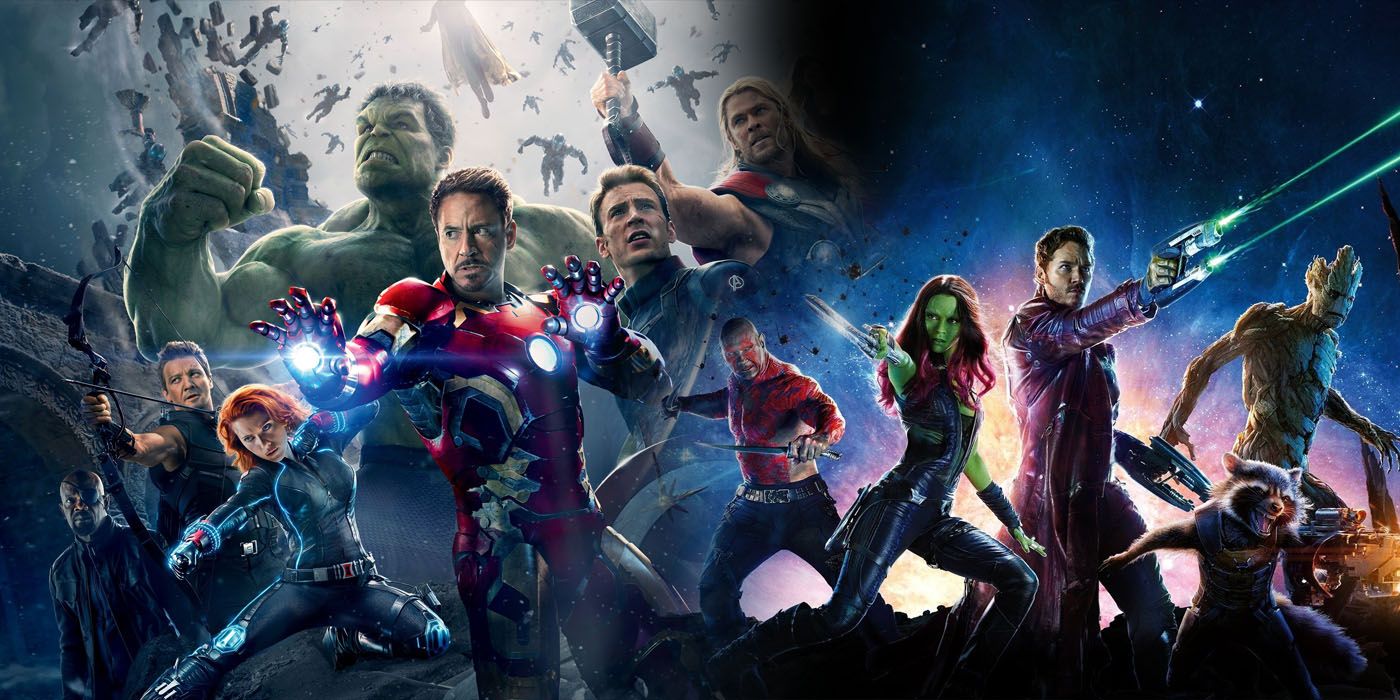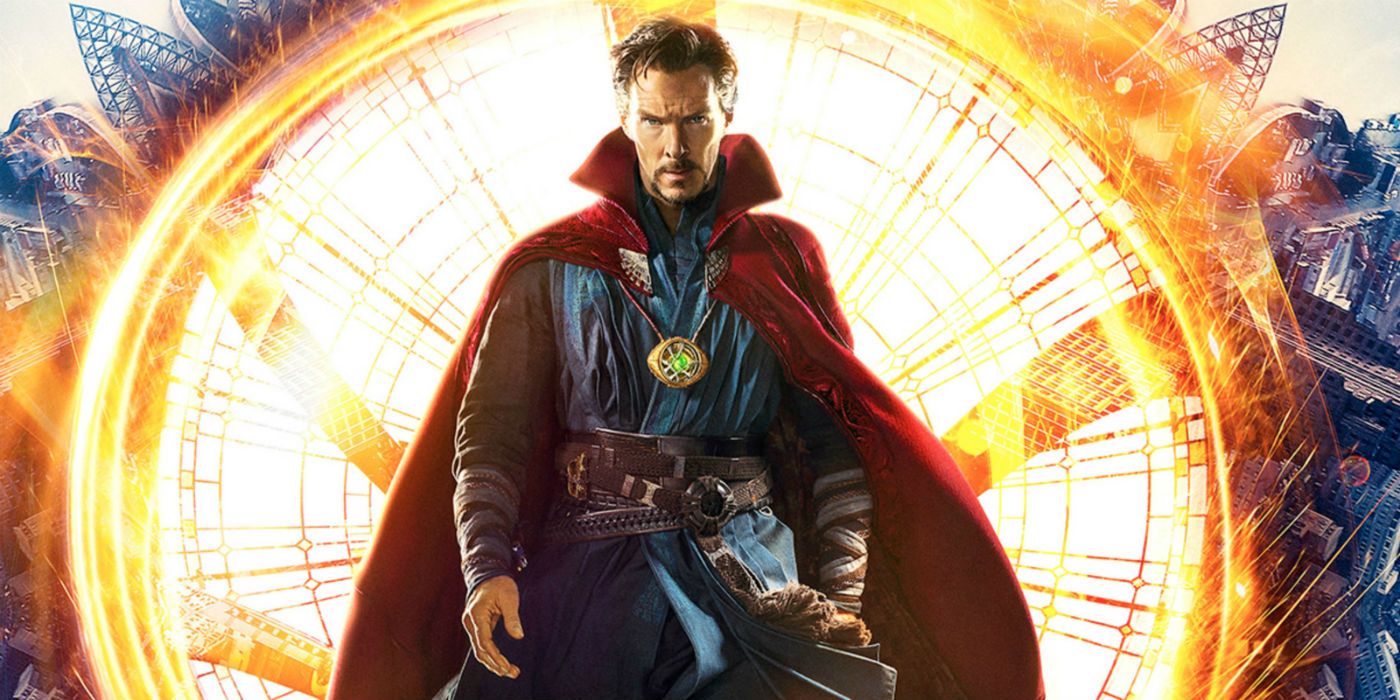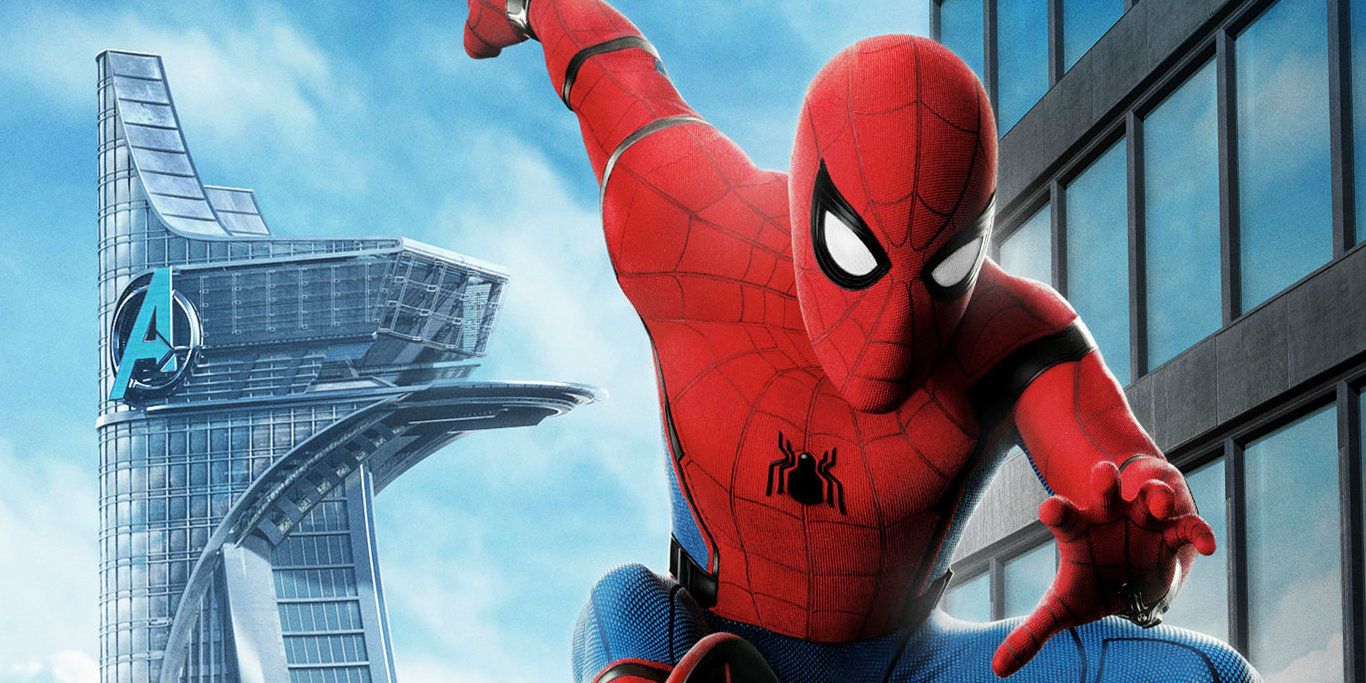With the Marvel Cinematic Universe, Marvel Studios did the unthinkable: it recreated the shared continuity of superhero comics on the big screen. Just like in the source material upon which it’s based, the MCU feels like a cohesive reality, complete with a rich history.
Unfortunately, the MCU also has something else in common with the comics: namely, the timeline is a bit of a mess. It’s easy to see how this has happened – thanks to the growing number of films and TV shows in the franchise, it’s virtually impossible to make these competing stories fit together neatly.
Of course, for most viewers, this isn’t much of an issue – all they’re interested in is watching an entertaining story. This stance is shared by the studio itself, which – as illustrated by the Phase Three slate of movies – is clearly interested in storytelling first, and accurate time-keeping second.
While this is the right approach to take, part of the MCU’s appeal is its interconnected nature. When the overall sequence of events in the franchise doesn’t add-up, it’s a bit disappointing.
With this in mind, here are 15 Things That Make No Sense About The MCU’s Timeline.
Real-World Dates Have No Meaning (Except When They Do)
The MCU kicked off with Iron Man in 2008, with The Incredible Hulk following later that year. Next came Iron Man 2 in 2010, and things really got going with the arrival of Thor and Captain America: The First Avenger in 2011.
At the time, the prevailing wisdom was that each film in the MCU took place in the year it was released – however, this actually isn’t the case.
According to a later retcon by Marvel, Incredible Hulk, Thor, and the end of Captain America are all set in 2011, which consequently moves Iron Man forward in time to at least 2010. Real world dates clearly don’t matter in the MCU, right? Well, not exactly.
Comments and background details scattered throughout the franchise explicitly tie certain films to the year in which they hit cinemas – which (as we’ll cover in greater detail later) causes all sorts of problems for the timeline.
Agents Of S.H.I.E.L.D. Unfolds In Real-Time
If the inconsistent approach to real-world versus in-universe dates in the MCU is a continuity fire, then Agents of S.H.I.E.L.D. only serves to pour fuel onto that inferno. The events of the ABC TV series are presented as unfolding more or less in real-time – which works fine within the confines of the show’s own narrative.
Where the problem arises is any time that Agents of S.H.I.E.L.D. intersects with Marvel’s big screen output. Think about it: if an episode that references Thor: The Dark World is set during 2013, but the movie itself theoretically takes place in 2014, that causes a dilemma for timeline obsessives.
Fortunately, for the most part Agents of S.H.I.E.L.D. is focussed predominantly on telling its own stories – and when it does tie-in with the films, the dates often do align. Even so, when the chronology does go haywire it’s more than a little frustrating.
New Year's Eve Celebrations In Iron Man 3 Cause Headaches
Anyone who’s ever celebrated New Year’s Eve to excess knows that the immediate aftermath typically involves a severe headache. The MCU is no exception to this rule, only here, the New Year’s-related mental torture stems from a timeline discrepancy, not too much champagne!
This is thanks to the opening flashback scenes in Iron Man 3, which are specifically set on December 31st 1999. Subsequent dialogue in the film conclusively establishes its “present day” setting as 2012 – which causes a weird (if minor) chronological disconnect with Marvel’s Phase Three movies.
If Iron Man 3 is set in 2012, that places it nearly half a decade before Captain America: Civil War and (almost) all the other Phase Three films. Now, there’s nothing technically wrong with this, per se – but you could argue that a period of time closer to the three year gap that separates the films in reality is implied on-screen.
The Punisher Is Set "Outside" The MCU Timeline
Marvel’s Netflix TV shows occupy an awkward position within the wider MCU continuity, as tonally, the small screen series have little in common with their big screen counterparts. Shows like Daredevil, Jessica Jones, and Luke Cage also tend to downplay any direct connections with the films in the MCU canon - besides references to “The Incident."
Nevertheless, the Netflix series are definitely set within the MCU’s shared reality, and by extension, are tied to the same timeline as other properties within the wider franchise. Except apparently this doesn’t apply to The Punisher, which according to co-showrunner Steven Lightfoot, unofficially takes place “outside” the timeline of the Defenders-related shows.
Therefore, this means that The Punisher technically exists outside of the MCU timeline – which explains why its exact chronological setting seems vague.
Thor: Ragnarok Takes Place Later Than Advertised
Much has been made of what a jumble Phase Three of the MCU is, chronologically-speaking. Unlike the studio’s previous two slates – which were released largely in sequential order – the films from Captain America: Civil War onward jump around in time.
Owing to all of this temporal back and forth, it’s hard to pin down the precise timings attached to several Phase Three films – particularly Thor: Ragnarok. Dialogue between Thor and Bruce Banner establishes that Ragnarok is set two years after Avengers: Age of Ultron, ostensibly placing it in 2017 (its year of release).
This doesn’t jibe with rest of the MCU’s timeline, though. For for the two-year gap to work, the events of Ragnarok arguably need to happen in 2018, instead. We’ve even seen some pretty convincing online calculations that postulate the movie is set in 2022 – several years after follow-up Infinity War!
Nick Fury's (Implausibly) Big Week
If there’s a section of the MCU timeline that does fit together reasonably well, it’s the films released as part of the studio’s Phase One slate. That being said, even making this work requires a bit of a leap in logic on the part of the fans.
Marvel is basically asking us to accept that Iron Man 2, The Incredible Hulk and Thor all take place within a single week!
As shown in the Fury’s Big Week tie-in comic book series, the events of all three of these movies apparently unfolded within the same seven day period – also retroactively changing the setting of Iron Man 2 and Incredible Hulk to 2011 in the process.
Is it possible that the monumental goings on in this trio of superhero epics could have happened in such a short space of time? Sure. Does it strain credibility just a tad? Absolutely.
Things Go Quiet In Phase Two
Fans of the MCU take it as an unspoken truth that our heroes get up to adventures off-screen during the time that has elapsed between franchise installments. However, we do so under the equally valid assumption that we’re always privy to the biggest, most important moments these costumed crimefighters experience.
Essentially, if we don’t see it, it doesn’t matter.
As such, it’s more than a little underwhelming to realize that apparently, not a whole lot happened between Thor: The Dark World and the start of Phase Three, as theoretically, no movies are set during this period. This is based on a careful analysis of the timeline, which makes it evident that – in order for the timing of the films on either side of The Dark World to stack up – a three-year hiatus is needed between it and Guardians of the Galaxy.
Stan Lee Is A Time Traveller In Guardians Of The Galaxy Vol. 2
In one of the better examples of MCU fan service, Guardians of the Galaxy Vol. 2 manages to reconcile all of comic book legend Stan Lee’s unrelated cameo appearances. This is achieved by revealing Lee as an informant for cosmic record keepers The Watchers, able to assume different human disguises. This was a not only a great gag, but a fun nod to a long-running fan theory, too.
Unfortunately – as director James Gunn has admitted – this tongue-in-cheek continuity fix also causes a timeline hiccup.
The problem lies with the Informant’s dialogue: as he rattles off his various personas, he mentions being a FedEx delivery guy. The thing is, the FedEx cameo happens in Civil War, which is set years after Vol. 2! Of course, this can easily be explained away – perhaps the Informant has used this cover on multiple occasions – but it’s still another instance of the MCU timeline breaking down.
Vision's Muddled Math in Captain America: Civil War
Captain America: Civil War is a perfect example of a straightforward bit of chronological information generating an absolute nightmare for the wider MCU timeline. The source of all this confusion? A single, innocuous-enough line from Vision, where the android declares that eight years have passed between Iron Man and Civil War.
Of course, that’s true – in the real world, at least. Viewed through the lens of the existing history of the MCU, things get more complicated. Crucially, earlier in the film, Thunderbolt Ross remarks that the gap between Civil War and The Avengers is four years, throwing the entire Phase One and Two chronology askew.
If your brain is starting to melt, don’t worry – all that really matters is that Vision (despite being an AI) botched the math.
Based on the evidence presented on-screen throughout the franchise, Civil War is only set six years after Iron Man!
The Defenders Teamed Up For Less Than A Week
Marvel’s Netflix series have been justifiably criticized in the past for dragging on – which is ironic when you consider the supposed timeframe of the events depicted in The Defenders.
According to an interview with Daredevil star Charlie Cox, the entirety of Marvel’s small screen team-up joint was squeezed into a meager seven-day timespan.
When you remember that the dysfunctional supergroup didn’t even join forces properly until episode 4, that means the Defenders were united for less than a week!
As with Fury’s Big Week, we’re not saying that The Defenders couldn’t fit within such a relatively short space of time – but we’re not sold on the idea that it actually does, either. Seriously: mid-season padding aside, quite a bit goes down over the course of the series.
When Did Bucky's Treatment Take Place During Black Panther?
A hallmark of the MCU is the inclusion of post-credits scenes – and unfortunately, these have been known to cause continuity issues over the years. A great example of this is the mid-credits sting in Captain America: Civil War, where Bucky is placed in cryogenic stasis, with Black Panther promising he’ll be fully rehabilitated.
It’s a nice scene – it’s just a shame it clashes with subsequent events.
In Black Panther, T’Challa returns to Wakanda for the first time since Civil War to assume the throne. That means there’s no time for Bucky to be put on ice and begin treatment – something Shuri implies has occurred.
When Black Panther’s credits roll, and Bucky emerges totally recuperated, it begs the question: when did this happen? True, we don’t know the timing of the scene (it could be years later), but the former Winter Soldier’s rehab can’t have started during Black Panther.
We've Never Heard About Captain Marvel Before
It’s may be a little unfair to call Marvel Studios out over a film that hasn’t even been released yet! But we’re more than a little worried that the 1990s setting of Captain Marvel is going to cause a major continuity glitch across the entire MCU timeline.
What has us so concerned? Well, we want to know how the studio is going to rationalize the complete absence of any references whatsoever to Captain Marvel herself, Carol Danvers, in the wider franchise – almost all of which is set post-Captain Marvel.
Even if her heroics have been kept under wraps publicly, it’s frankly unthinkable that Carol wouldn’t rate a mention at S.H.I.E.L.D.
Given that Avengers 4 is almost certainly going to revolve around time travel, it’s likely this flub will be addressed via chronological tinkering.
Where Are The Avengers In Guardians Of The Galaxy Vol. 2?
Both Guardians of the Galaxy films take place on the other side of the universe – that’s why the team meeting up with MCU’s Earth-based heroes in Avengers: Infinity War is such a big deal. However, during the climax of Vol.2, big bad Ego’s villainous plot directly impacts on the Earth, when one of the Celestial’s alien seedlings begins to violently terraform the planet.
Why aren’t the Avengers doing anything to stop to this?
Sure, Vol. 2 was released after the team was thrown into disarray in Captain America: Civil War, but according to the official timeline, it’s actually set in 2014. This means that the events presented in Civil War haven’t happened yet – so the entire roster of Earth’s Mightiest Heroes should have been available to avert disaster.
When Exactly Is Doctor Strange Supposed To Take Place?
Back in 2014, Marvel Studios impressed fans by including a shout out to Doctor Strange in Captain America: The Winter Soldier. The Easter egg – which saw baddie Jasper Sitwell mention Hydra had been keeping tabs on the good Doctor – reassured viewers that the character’s long-delayed solo film would eventually materialize.
It was a nice gesture by the studio – too bad it causes timeline problems now that Doctor Strange has been released. The movie is already difficult to place on the timeline – due to the vagueness of the timeframe surrounding Strange’s training – but there’s enough evidence to lock it down as starting just prior to Age of Ultron. Factor in the time that elapses between Strange’s accident and his eventual ascension to the rank of Master of the Mystic Arts (which has to be years), and there’s just no way he should have been on Hydra’s radar during Winter Soldier!
Spider-Man: Homecoming Breaks The Entire Timeline
The dates put forward in Captain America: Civil War may throw the chronology of Phases One and Two out of whack, but Spider-Man: Homecoming breaks the entire MCU timeline! This happens within Homecoming’s opening moments, where a flashback scene definitively places the rest of the movie eight years after the finale of The Avengers.
As Homecoming is set after Civil War, this eight year-long gap directly contradicts the already problematic dates mentioned there, which state that Avengers occurred only four years prior.
The really frustrating thing here is that there’s no way to fix the overall MCU timeline without ignoring the chronological information in either Civil War or Homecoming. The conflicting timings are so incompatible – both with each other and with the rest of the films in the franchise – that one of them needs to be dismissed for everything else to work.
–
What are some things about the MCU’s timeline that make no sense? Let us know in the comments!

